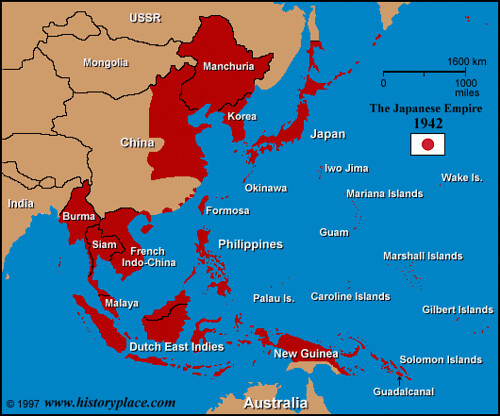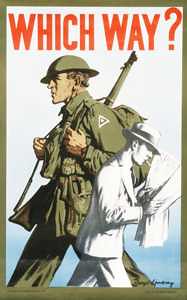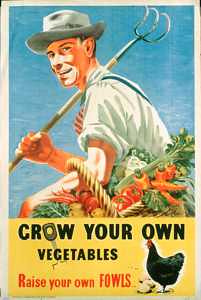 After the Japanese had attacked Pearl Harbour they looked towards Borneo, Burma, Malaya and the Dutch East Indies, which is now known as Indonesia. They also planned to attack Singapore, as this was a strategically important position within the Asia region.
After the Japanese had attacked Pearl Harbour they looked towards Borneo, Burma, Malaya and the Dutch East Indies, which is now known as Indonesia. They also planned to attack Singapore, as this was a strategically important position within the Asia region.The British Allied forces also considered Singapore important, for it was the location of the British Naval base for the defence of the Far East. In support of Britain Australia had stationed a large number of troops in Singapore and as a result, as long as Britain and the Allied forces were present there Australia believed it would be protected from any Japanese attack.
In December 1941 Australian Prime Minister John Curtin appealed to the United States of America for help, however much to Australia’s dismay America was unwilling to commit forces at that time.
 On 15 February 1942, the Japanese captured Singapore after devastating air attacks and land battles in which the Japanese travelled through the Malay Peninsula. A substantial amount of Allied and Australian troops were captured and interned into POW camps. For Australians this event was of serious concern, for Japan had just gotten closer to the Australian main land and defeated what was considered to be Australia’s best defence position. Suddenly Australia was left all alone in the Pacific.
On 15 February 1942, the Japanese captured Singapore after devastating air attacks and land battles in which the Japanese travelled through the Malay Peninsula. A substantial amount of Allied and Australian troops were captured and interned into POW camps. For Australians this event was of serious concern, for Japan had just gotten closer to the Australian main land and defeated what was considered to be Australia’s best defence position. Suddenly Australia was left all alone in the Pacific.On the home front there was a real fear of an invasion by the Japanese. During 1942, civilians were evacuated south in Western Australia, Queensland and the Northern Territory and Australians were put under greater government controls than at any time since the convict era.
These controls were implemented through the authority of the National Security Act of 1939. This Act did two major things: it effectively overrode the Constitution for the duration of the war - giving the Commonwealth power to make laws in areas where it did not have that power under the Constitution; and it effectively overrode the power of parliament by giving the government power to make regulations, that is, laws that required only the signatures of some ministers and the Governor-General.
 The laws and regulations affected all areas of people's lives. Some of these were:
The laws and regulations affected all areas of people's lives. Some of these were:• The reduction of the Christmas - New Year holiday period to three days
• The restriction of weekday sporting events
• Blackouts and brownouts in cities and coastal areas
• Increased call-ups of the Militia
• The issue of personal identity cards
• The rationing of clothing, footwear, tea, butter and sugar
• The banning of the Communist Party
Exercises:
On a new page in your books put the Heading “Australia Stands Alone”. Under the heading write a 1/2 page summary based upon the information above. After you have completed the summary, write the following sub-headings and the questions in your books and answer them in full sentences using the links to the websites listed below.
The Japanese Advance
1. How long did it take for the Japanese to take control of Singapore and Malalya?
2. What was Rabaul?
3. What areas did the Japanese control by the end of March 1942?
The Homefront
1. How many armies did Australia have in 1941 and how were they different?
2. What did the Australian Prime Minister do at the end of 1942?
3. What was General Douglas MacArthur's argument?
4. What happened during the 'austerity campaign'?




 7:18 AM
7:18 AM
 Mark
Mark



0 comments:
Post a Comment